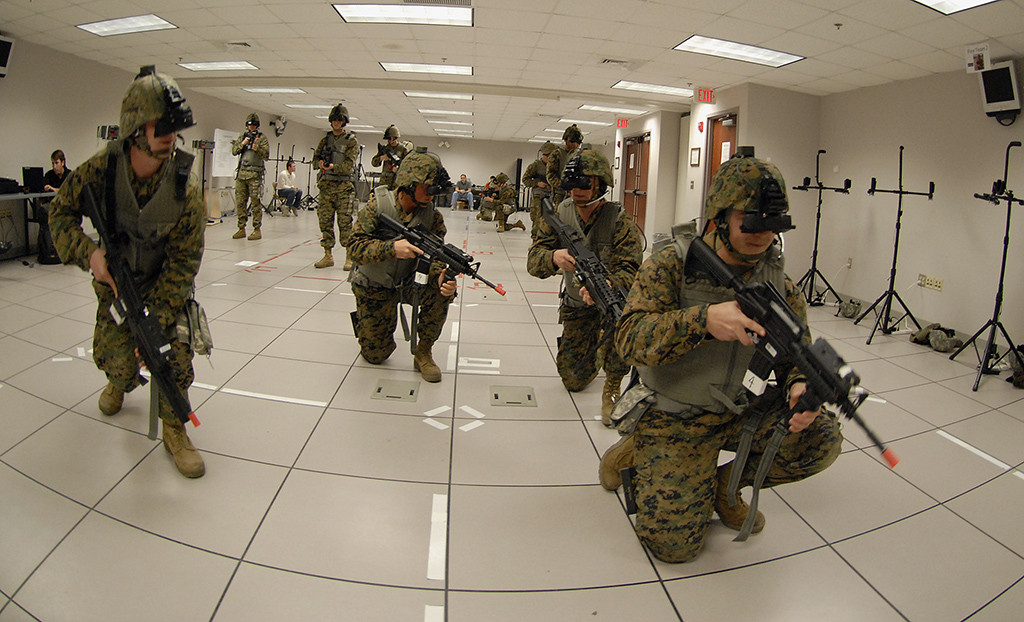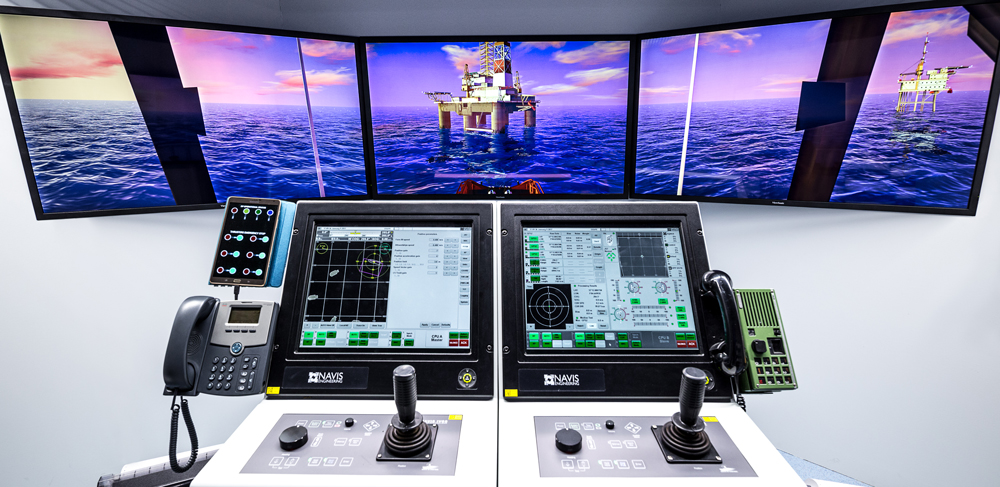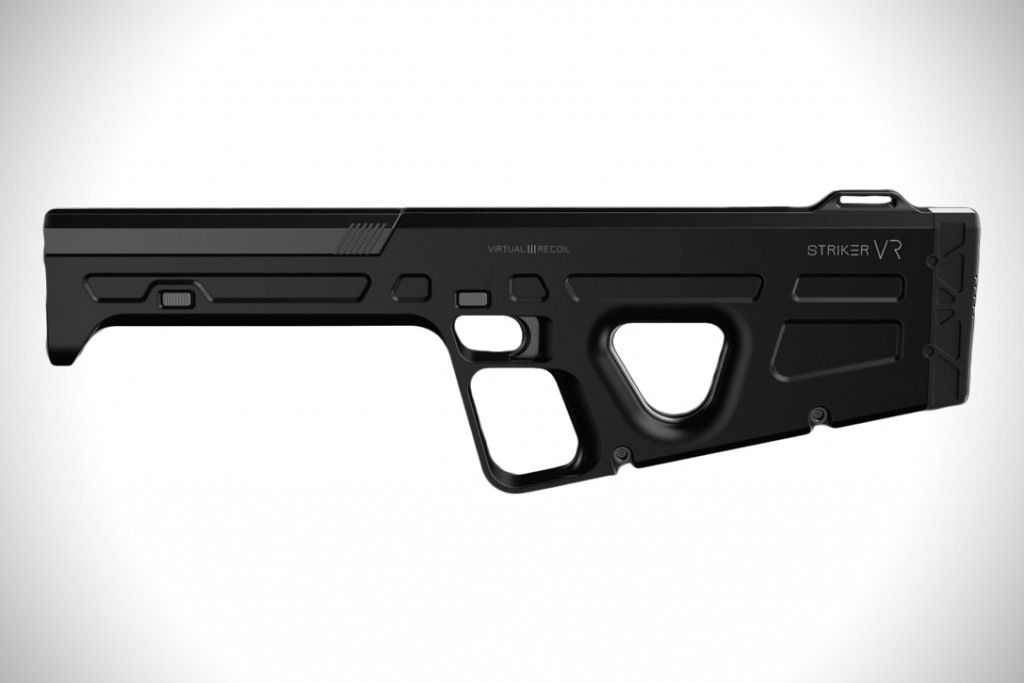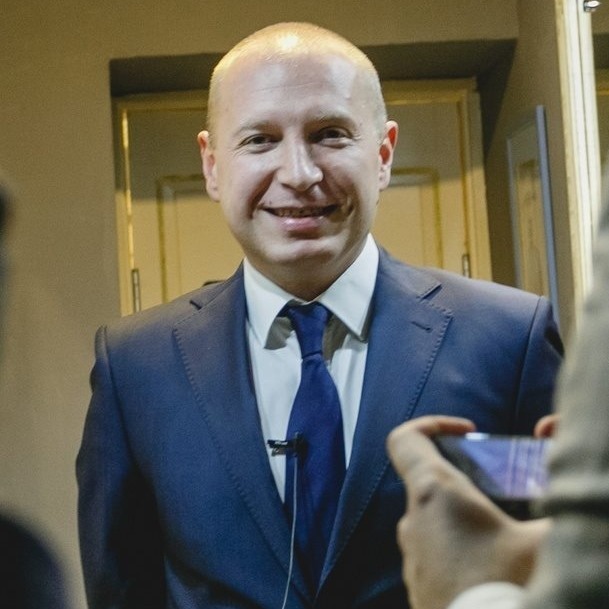The army adopted Virtual Reality a long time ago, much earlier than commercial markets. Who knows what the VR technology would be like nowadays if not billions of investments by the military from the very beginning. They had also financed the development of first effective headsets, a.k.a. HMDs. Today, the number of VR projects for the military is increasing, and by 2025 it is even expected to generate a significant $1.4 billion in revenues.
VR military applications
Currently, VR is used by the military in all three major fields – ground, air and navy forces for flight and battlefield simulations, medical training, vehicle simulation, and virtual boot camps. While VR training remains the most effective and widely used option, the military has recently also adapted virtual reality for analyzing military maneuvers and battlefield positions.
#1 VR Training
About 1 in 20 deaths of soldiers happen during the training. Due to the ability to turn these negative statistics over and provide maximum safety, the implementation of Virtual Reality in the military for training programs was enthusiastically welcomed.
Let's Build Your VR app
Provide us with your contact details and we will contact you today
Thank you for feedback.
Unlike Augmented reality (AR), VR does not suit for use on frontlines. However, its training potential is higher, because it can totally simulate a situation, surroundings, and conditions for practical purposes. Especially useful to up soldiers’ combat skills without any danger to their lives. And it is cheaper than any military real-life maneuvers.
VR military training by types:
- Immersive training – help trainees walk through all stresses of a parachute jump, fighter jets, submarines, and tanks (claustrophobia);
- Situational awareness – in extreme environments (jungle, arctic, desert missions) navigation and teamwork are crucial.

Image credit: Unimersiv
With the advent of wireless and mobile VR systems, the training became even more realistic with the ability of free motion. Such virtual boot camps typically include:
- A head-mounted display with a motion tracker
- Special load-bearing vest with batteries and a wireless PC
- Body motion tracker;
- Training weapons equal in size, weight, and shape to real military armor
Additionally, new advanced tech, a VR haptic feedback suit, is in works too. Next area of use is medical training. Military medical teams should also be able to work quickly and professionally in dangerous circumstances. Training in VR format can give the necessary experience in combat situations.
#2 VR Simulators
Using VR simulators pilots are able to investigate the simulated environments, including dangerous scenarios with realistic conditions that may happen in a live aircraft without putting themselves or the aircraft at risk.
Few vendors of virtual military simulators, such as OTR, create complete hardware/software sets that replicate a specific aircraft’s cockpit, controls, and dynamics for improved cockpit familiarization and skill retention. Watch this video for a great example:
Future combat system (FCS) – is the main type of VR simulations, mostly applied to ground vehicles, mortar vehicles, reconnaissance or infantry carriers, and even tanks or armored vehicles. VR environment recreates different weather conditions and trains to navigate in unknown sites.
Unlike previous types, using VR navy simulators are focused on recreating the ship bridge, then replicating environments. The main goal of seamanship, navigation and ship-handling trainer (NSST) simulations is providing soldiers with any possible scenarios, and training to operate in toughest ones.

Image credit: Aboa Mare
#3 VR Therapy
The average number of war veterans ending their lives has reached 20 people daily. In most cases, these soldiers are suffering from the post-traumatic syndrome. Starting in 2005, virtual reality has been in use for PTSD treatment.
At the initial stage, only two products were developed, Virtual Afghanistan and Iraq, but now more are available. With such VR applications, soldiers experience different battle scenes that had once influenced their psyche. However, this is absolutely safe and is aimed at overcoming fears and healing.
Benefits of Virtual Reality in Military
Providing the safety is one the main advantages of Virtual Reality in military training. Moreover, simulations can prepare for different dangerous scenarios on the battlefield in a controlled setting. Key benefits include:
- Realistic scenarios. Recreating environments, identical to the real ones, but with 100% control.
-
Cost-effective. VR allows to cut down the cost of training, greatly due to unlikely “wear and tear” of HMDs and related equipment, as well as logistical issues. The replicas of weapons or vehicles also cost less than actual inventory.
-
Measurement. Immediate feedback on each participant and his/her performance with details on every aspect. This helps to coordinate further training correcting personal strengths and weaknesses.
-
Better engagement. Due to the fact that most VR training is game-like, soldiers find them more enjoyable. Usually, it means a higher level of engagement and understanding.
Few examples
US Army FORT BRAGG, N.C. is developing a VR program that will provide a realistic training program with minimum risk to life and health of soldiers. The program allows squads to maintain their battle experience or prepare for new missions.
Australia is funding Defence Science Technology Group that develops VR training program for the military. Leading professors Rohan Walker and Eugene Nalivaiko with Albert Rizzo’s team are trying to prepare soldiers for all situations that might wait for them on.
In terms of hardware, there are some interesting VR weapons developments. UCVR company created a model, identical to an original bazooka, which works with HTC Vive headset. 1:1 high copy model, equipped with force feedback vibration system, weighing 2,8 kg with the maximum 2,100 m range of action and 300 m maximum effective range.
Another example, Striker VR, to train shooting skills. The company works to equip their product, a haptic VR Gun, with best tactile feedback system on the market. Effects include single shot, out-of-ammo, three round burst, chainsaw, pulse rifle replicants. One more feature of the gun is complete portability and free movement.

Image credit: HiConsumption
Virtual reality has a wide range of applications in the military sector, as we see. It takes battle training to the next level, provides skills and knowledge, allows to practice in safety. Also, it aids in improving battle skills, teamwork, situation awareness, and stress resistance.
Let's Build Your VR app
Provide us with your contact details and we will contact you today
Thank you for feedback.
Read more: 25 best VR development companies

